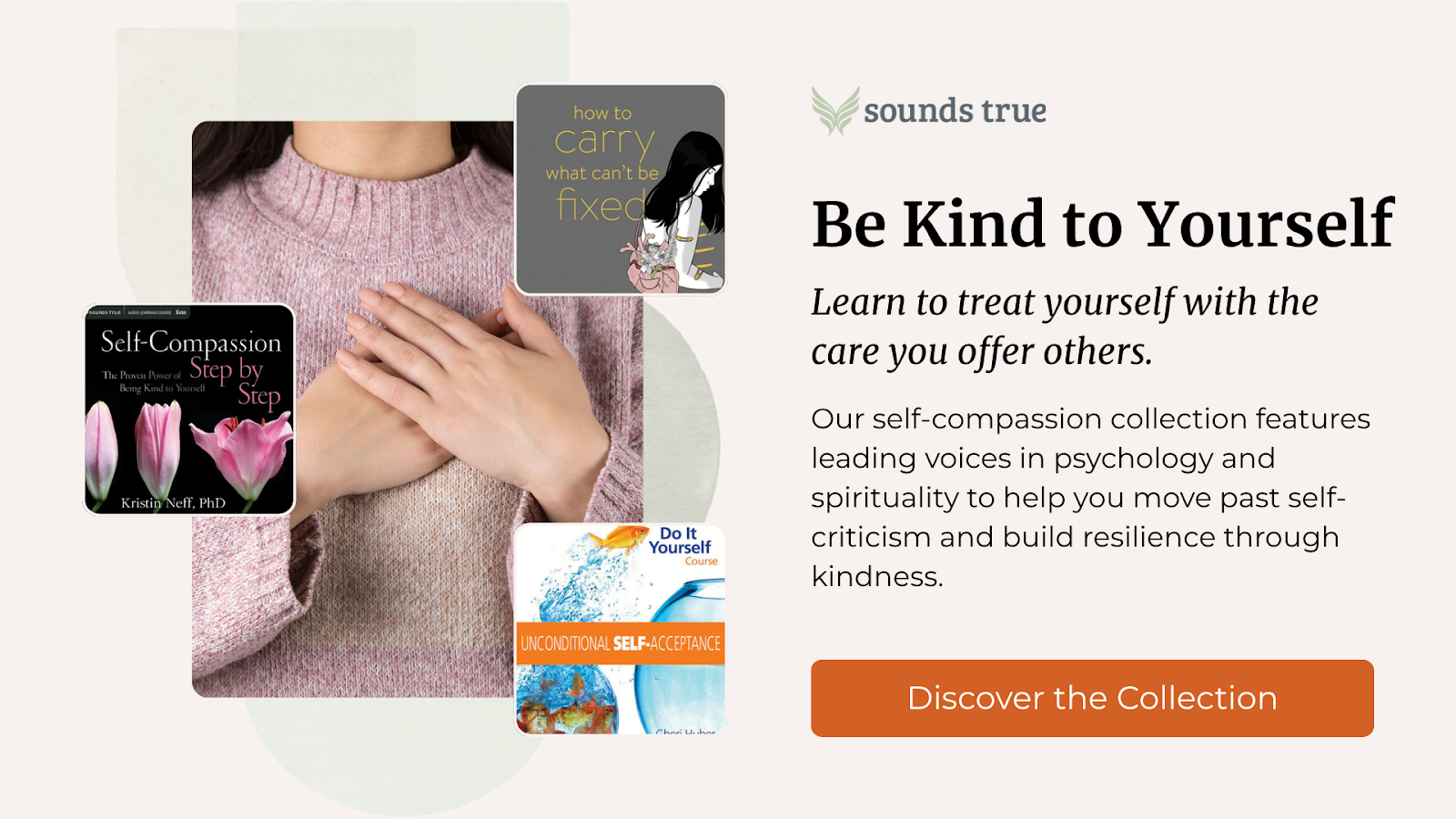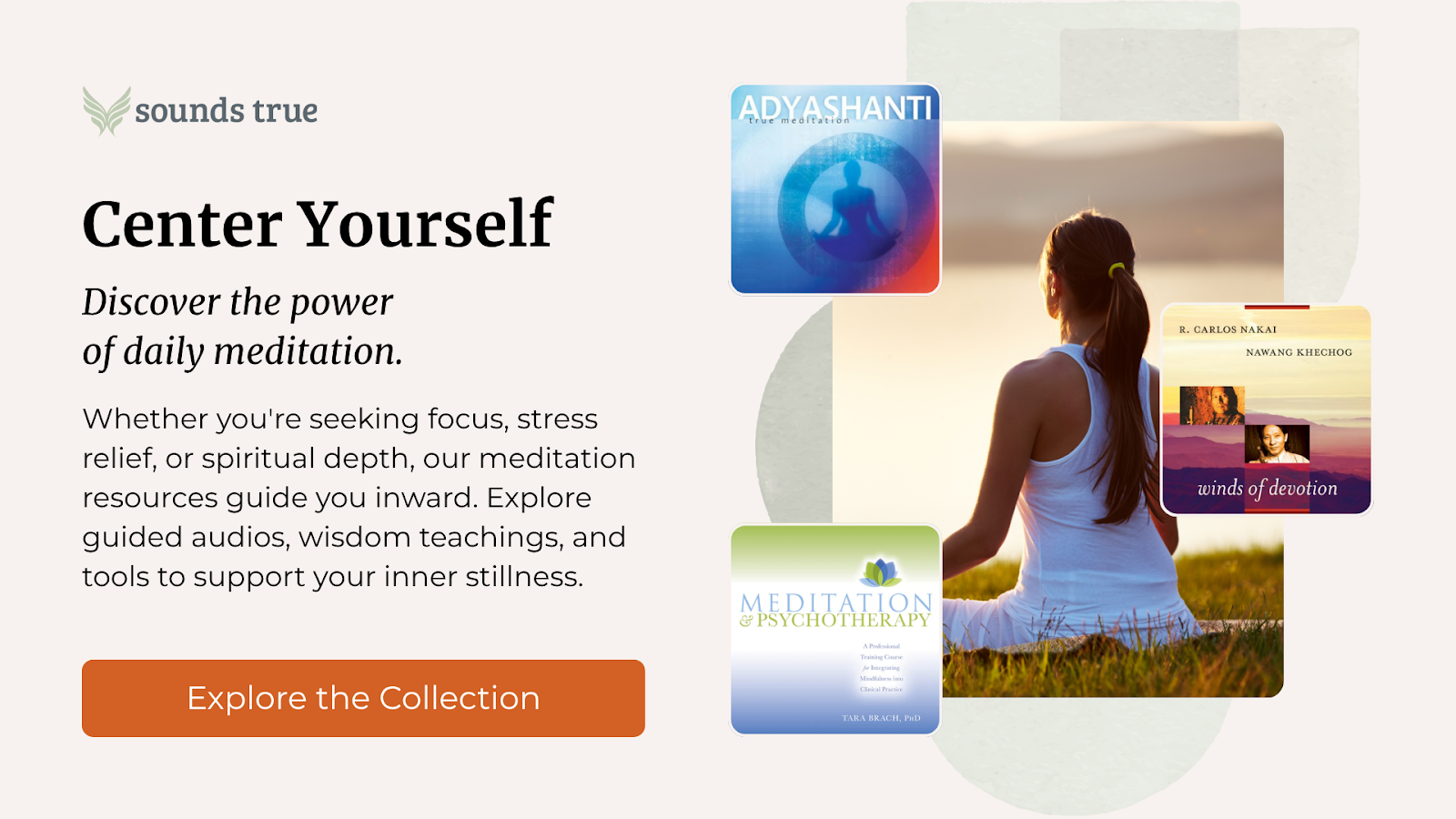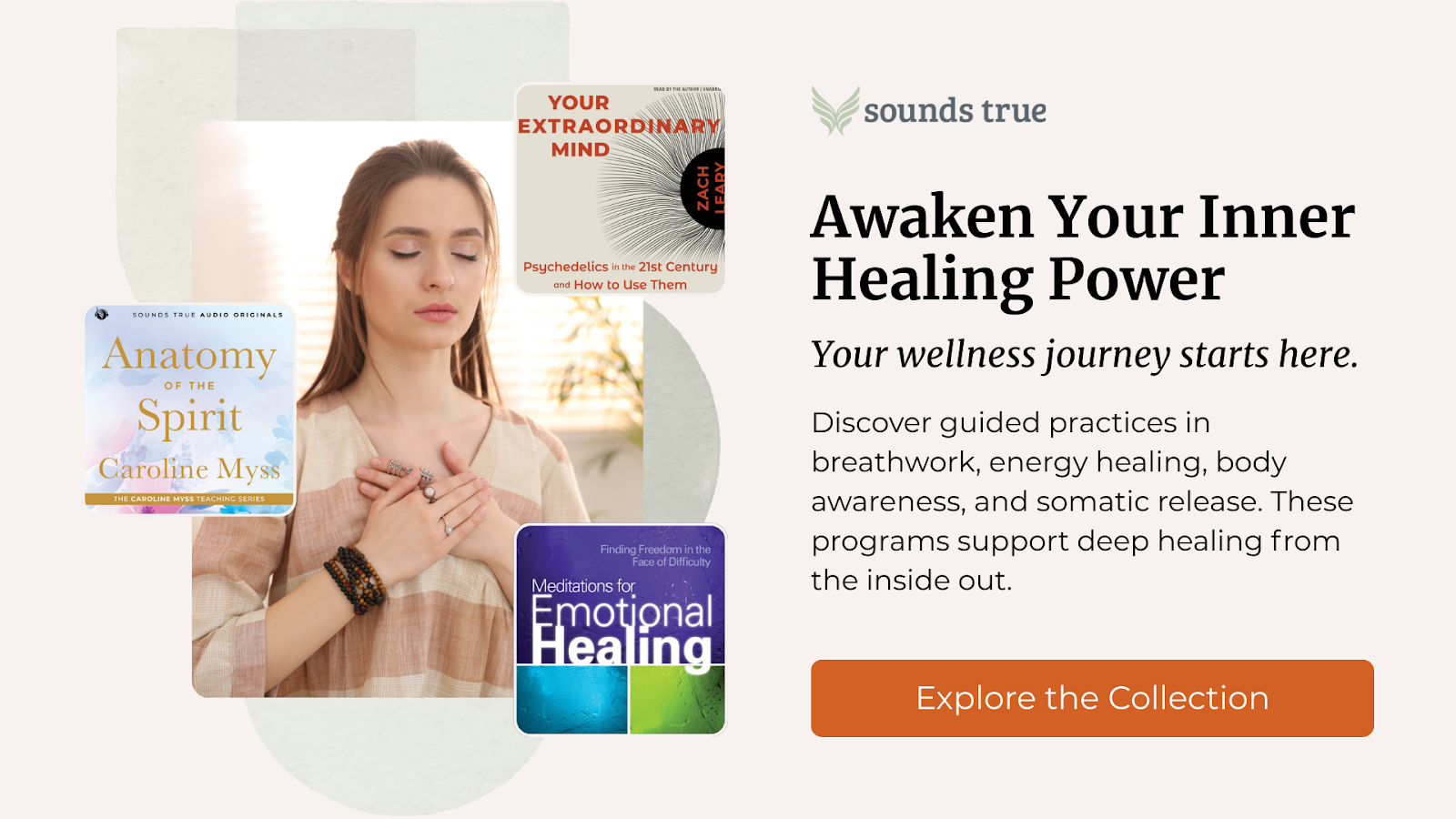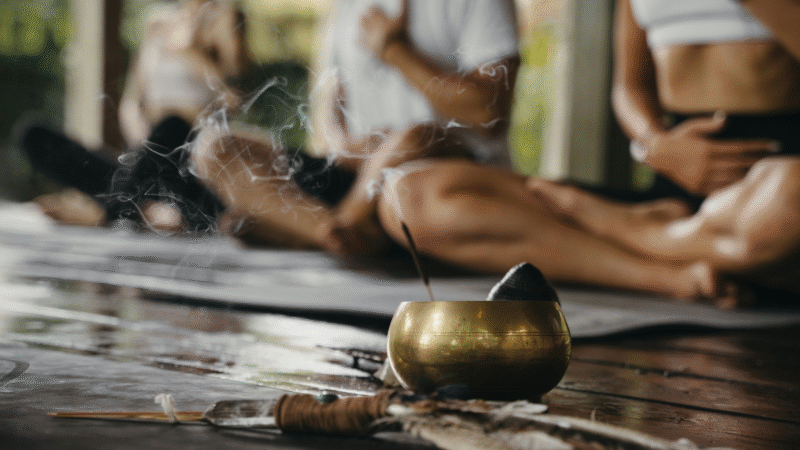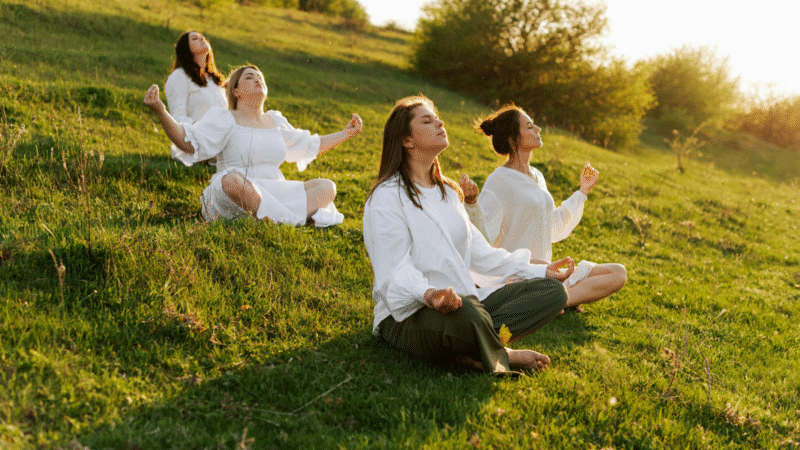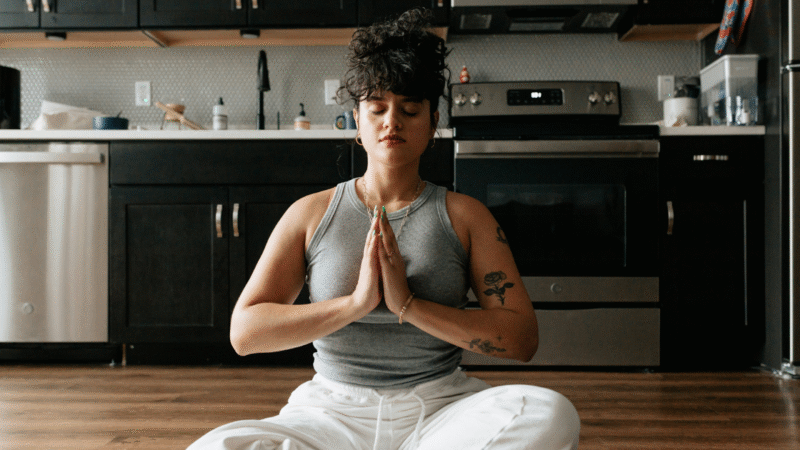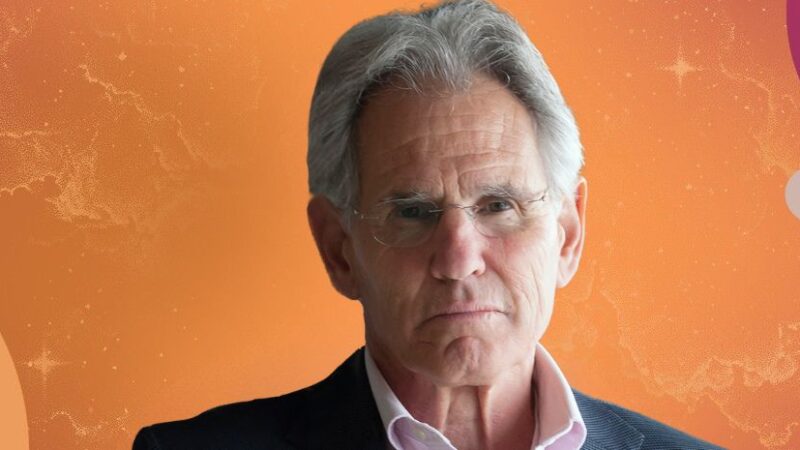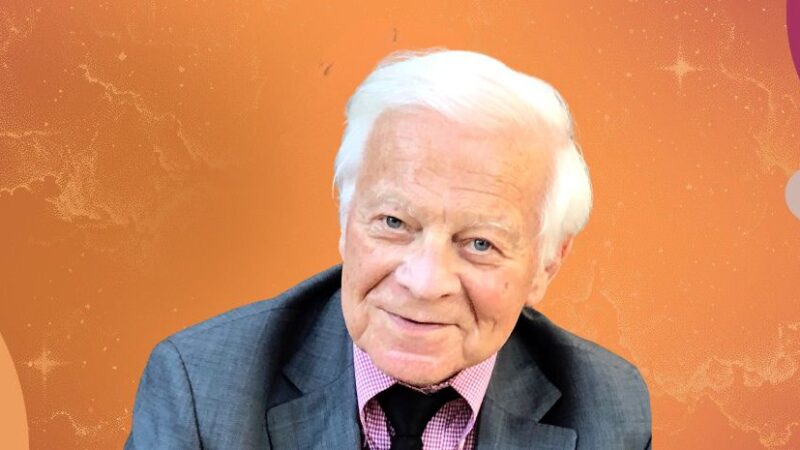When the world feels too heavy, mindfulness vs meditation often arrive together, yet each carries its own way of transforming how we meet life. Sometimes, these two words seem to blend together, like twin rivers carving through a mountain. However, mindfulness practices for mental health guide us to notice the present moment with steady compassion, while meditation techniques create space for stillness and reflection.
At Sounds True, we cherish these foundational paths for the gifts they bring: clarity, compassion, and a more grounded way of living. Still, each has its own distinct qualities. So what exactly sets mindfulness vs meditation apart, and how might each guide you more deeply into presence and growth? Here, we’ll untangle their unique threads, drawing from the “living library” of spiritual wisdom we’ve gathered. Together, let’s explore with openness and heart.
Key Takeaways
- Mindfulness and Meditation as Distinct Paths: Mindfulness practices for mental health cultivate presence in everyday moments, while meditation techniques offer structured rituals that anchor attention through breath, mantras, or guided practice. Together, they shape complementary approaches to personal growth.
- A 21-Day Routine Rooted in Growth: A well-crafted practice plan highlights personal achievements instead of perfection. By moving week by week, from mindful moments to meditation sessions to integration, progress feels sustainable and deeply personal.
Mindfulness in Everyday Moments: A Working Definition
At its core, mindfulness is the practice of paying deliberate attention to the present moment with openness. Instead of drifting on autopilot, you learn to notice thoughts, feelings, and sensations as they arise and allow yourself to move through without judgment. In this way, mindfulness practices act like a gentle reset for the brain, helping interrupt cycles of stress and offering space for clarity.
In everyday life, mindfulness shows up in the smallest moments. You may pause to savor the taste of morning tea, feel the rhythm of breath in your chest, or listen deeply as someone speaks. These simple acts invite you back into the here and now, reminding you that presence is always available. Over time, mindfulness techniques strengthen the brain’s ability to shift out of reactivity and into balance, creating new patterns of awareness and calm. Each return to the present is less about perfection and more about rediscovering steady ground.
Meditation Explained: From Breath Awareness to Mantra Practice
Meditation is the practice of turning inward with steady attention, creating space to rest in awareness beyond daily distractions. Across cultures and centuries, people have turned to meditation techniques as a way to quiet the mind, reconnect with the body, and touch into deeper presence. Each method offers a slightly different doorway, yet all share the same intent: guiding you toward clarity.
One of the most accessible forms is breath awareness. In this routine, you settle into a comfortable posture, close your eyes, and monitor each inhale and exhale. When thoughts or emotions pull your focus, the practice is to return to the breath, again and again, building resilience and calm within the nervous system. For others, structure may help. In mantra practice, you repeat a word or phrase, such as “Om” or “peace,” as a grounding rhythm for your awareness.
Over time, meditation practices for mental health reshape patterns of reactivity, creating new space for balance, patience, and compassion. Overall, each moment of practice becomes a quiet reminder that presence is available right here.
How Mindfulness and Meditation Differ in Daily Life and Practice
The conversation around mindfulness vs meditation often treats them as interchangeable, yet each practice brings its own character and rhythm. Both open pathways toward clarity and balance, though the way they unfold in day-to-day experience can feel quite distinct.
Mindfulness as Ongoing Presence
Mindfulness is rooted in the quality of attention you bring to ordinary life. The focus is on awareness itself with gentle curiosity and compassion. You might notice the warmth of sunlight through a window, the tightening of breath during stress, or the sound of a friend’s laughter. This awareness doesn’t require a set time or space. Instead, mindfulness is woven into daily moments, offering a soft reminder to stay present and grounded in what is happening right now.
Meditation as an Intentional Technique
By contrast, meditation usually invites a more structured approach. You create intentional space by sitting or lying down and anchoring attention on the breath, a mantra, or even a candle flame. The practice is about returning to that anchor whenever the mind wanders. Over time, these routines train the nervous system to settle and build resilience. From guided visualizations to loving-kindness exercises, meditation practices offer containers where awareness can deepen in deliberate ways.
Crafting Your Daily Routine: A 21-Day Mind-Body Blueprint
Committing to a 21-day journey of mindfulness vs meditation can be a meaningful way to nurture your inner life. The focus is less on reaching lofty milestones and more on celebrating steady steps that bring presence into your days. Each week offers space to notice progress, however small, and to honor the personal goals that matter most to you.
Week 1: Foundations of Presence
For the first seven days, focus simply on bringing mindful awareness to everyday moments. Upon waking, pause for three intentional breaths before engaging with technology or the outside world. Place a hand on your heart or notice the breath at your nostrils, letting these sensations become grounding anchors. During meals, slow down to observe textures, colors, and aromas. If your mind drifts, gently guide it back. Each return is an accomplishment, a reminder that presence grows through practice.
Week 2: Introducing Meditation
In the second week, dedicate 5–10 minutes to meditation techniques that feel approachable. You might sit quietly and notice your breath, or you may choose a guided practice. If stillness feels challenging, try a mindful walk, syncing steps with breath and noticing the ground beneath you. Each session becomes a marker of progress, strengthening your relationship with inner calm.
Week 3: Integration and Inner Listening
During the third week, you may discover subtle achievements. Like responding better during tense moments, savoring a sunlit pause, or listening more fully to someone you love. If you’re not quite there yet, that’s okay! Weave mindfulness practices for mental health into ordinary routines like handwashing, bedtime, or conversations. Journaling for a few minutes afterward can highlight both challenges and meaningful wins, helping you track growth.
A routine is less about perfection and more about honoring your path. Every breath and every moment of noticing becomes a step forward, shaping a sustainable practice that continues long after the 21 days conclude.
Final Thoughts
Navigating the crossroads of mindfulness vs meditation, it’s clear that both offer unique gifts for our mental health, our sense of belonging to ourselves, and our place in this ever-changing world. Mindfulness invites us to meet each moment with open eyes and an open heart. It’s the quiet practice of being right here, tasting the sweetness of your tea, noticing a flutter of anxiety, or simply listening to your breath without judgment.
Both paths, while different in approach, lead us home to ourselves. At Sounds True, we honor every seeker wherever they stand, whether you’re just setting out or decades into your journey. What matters most is that you feel nourished and seen, able to show up for life with a little more clarity, resilience, and compassion.
Read More:
- Honey Tasting Meditation: Build Your Relationship With Sweetness
- Take Your Inner Child On Playdates
- If You Are Postpartum And Bereaved, Know You Are Not Alone
Frequently Asked Questions About Mindfulness vs. Meditation
How are mindfulness and meditation different?
Mindfulness and meditation are kindred practices, yet distinct at their core. Mindfulness is a state of open, compassionate awareness in everyday life, like paying attention to your thoughts, feelings, and surroundings, moment by moment, without judgment. It’s about being “here now,” whether you’re washing dishes or walking the dog.
Meditation refers to a more formal, intentional period of practice. It usually involves setting aside time to sit quietly, focus your attention, and cultivate mental qualities like lovingkindness, focus, or even insight. Think of mindfulness as a quality you bring into each moment, and meditation as a dedicated time to deepen and strengthen that quality.
Which is better for reducing stress: mindfulness or meditation?
Mindfulness and meditation shine when it comes to reducing stress. However, the best “fit” truly depends on you. Mindfulness infuses the entirety of your day with moments of calm and acceptance, teaching you to be gentle with yourself even during tough times. Likewise, meditation offers a more structured “island of peace” that supports your nervous system and can help release stress from deeper within. Many people find the most benefit in weaving the two together as part of a holistic, heart-led approach to well-being.
Can mindfulness and meditation be practiced together?
Absolutely. In fact, they’re powerful partners. Meditation practices often cultivate mindfulness, and mindfulness deepens the effects of meditation. When you meditate, you strengthen your ability to be present, a skill you then carry into your daily life as mindfulness. Over time, the boundaries between the two can blur, resulting in a gentle, steady presence that can anchor you when the world feels gloomy.
Can children and teens practice mindfulness or meditation?
Yes, and the benefits can be profound at any age. Teaching children and teens mindfulness or simple meditation, like paying attention to the breath, using a “mindful jar,” or practicing lovingkindness, can help them manage big feelings and develop resilience. Practices should always be age-appropriate, emphasizing playfulness, curiosity, and kindness. Many families and classrooms have found these tools to be transformative for young hearts and minds.
What common challenges occur when starting mindfulness or meditation?
It’s completely normal to meet resistance when you begin: restlessness, doubt, boredom, or a racing mind can all bubble up. The myth that you’re “doing it wrong” if your thoughts wander is especially persistent. Remember, being human is beautifully messy. The very act of noticing what’s challenging (without self-judgment) is itself the heart of mindfulness. Practicing patience, self-compassion, and gentle persistence makes all the difference.
How long should I meditate each day for mental health benefits?
Even a few minutes can make a world of difference. Research suggests that starting with 5–10 minutes a day can yield benefits, and many people experience deeper transformation with 20 minutes or more. The best “dose” is one that feels realistic and kind to yourself, like something you can return to, day after day, without pressure or force. Even in small amounts, consistency matters more than any specific number of minutes.
Does science support the benefits of mindfulness and meditation?
Of course! Science has caught up with what spiritual traditions have known for centuries. Decades of research show that both mindfulness and meditation can reduce stress, ease anxiety and depression, boost immune health, improve focus, and foster greater compassion. For many, combining modern evidence with the wisdom of lived experience unlocks the deepest healing and growth.
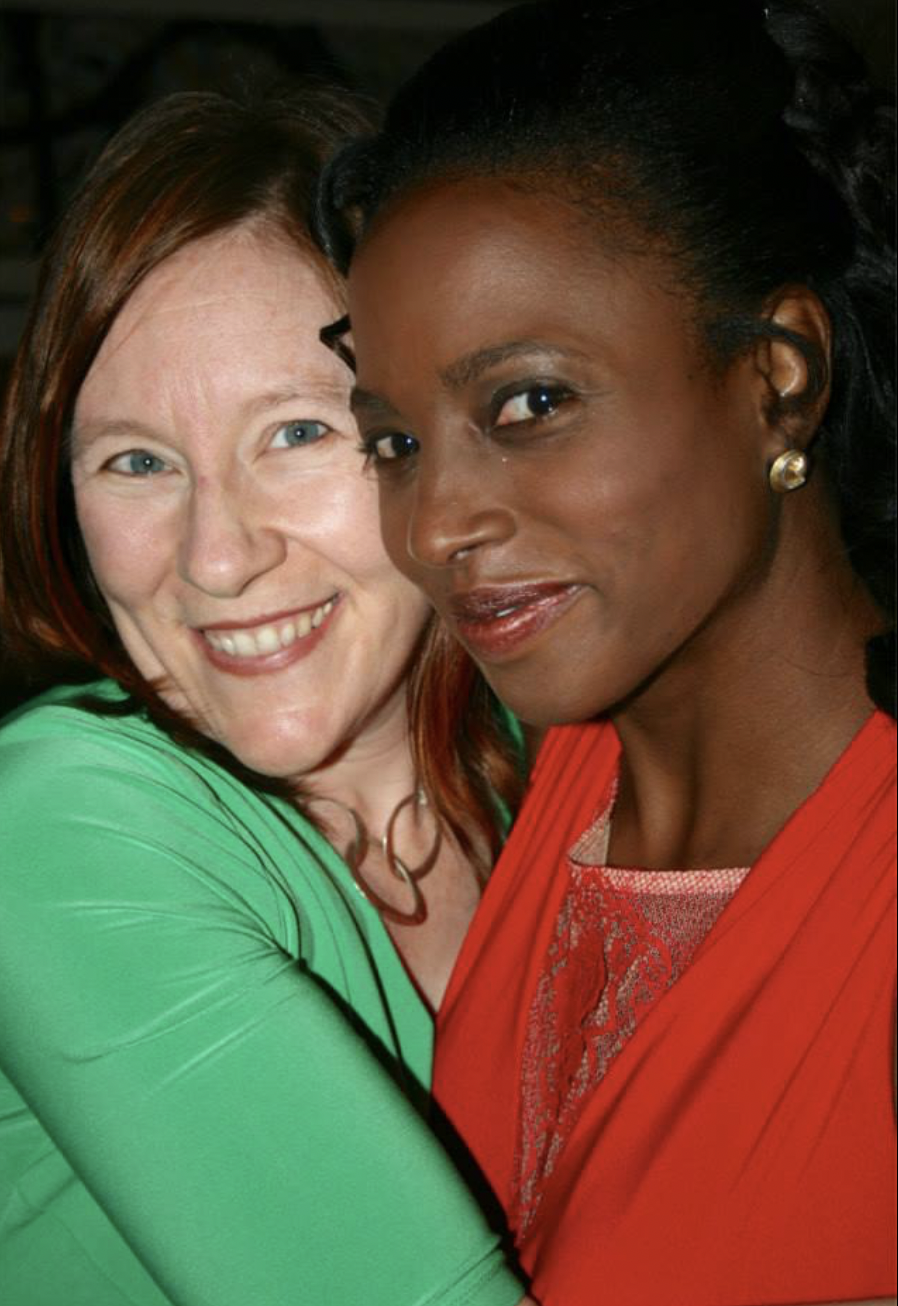
Michelle Cassandra Johnson is an author, activist, spiritual teacher, racial equity consultant, and intuitive healer. She is the author of six books, including Skill in Action and Finding Refuge. Amy Burtaine is a leadership coach and racial equity trainer. With Robin DiAngelo, she is the coauthor of The Facilitator's Guide for White Affinity Groups. For more, visit https://www.michellecjohnson.com/wisdom-of-the-hive.
